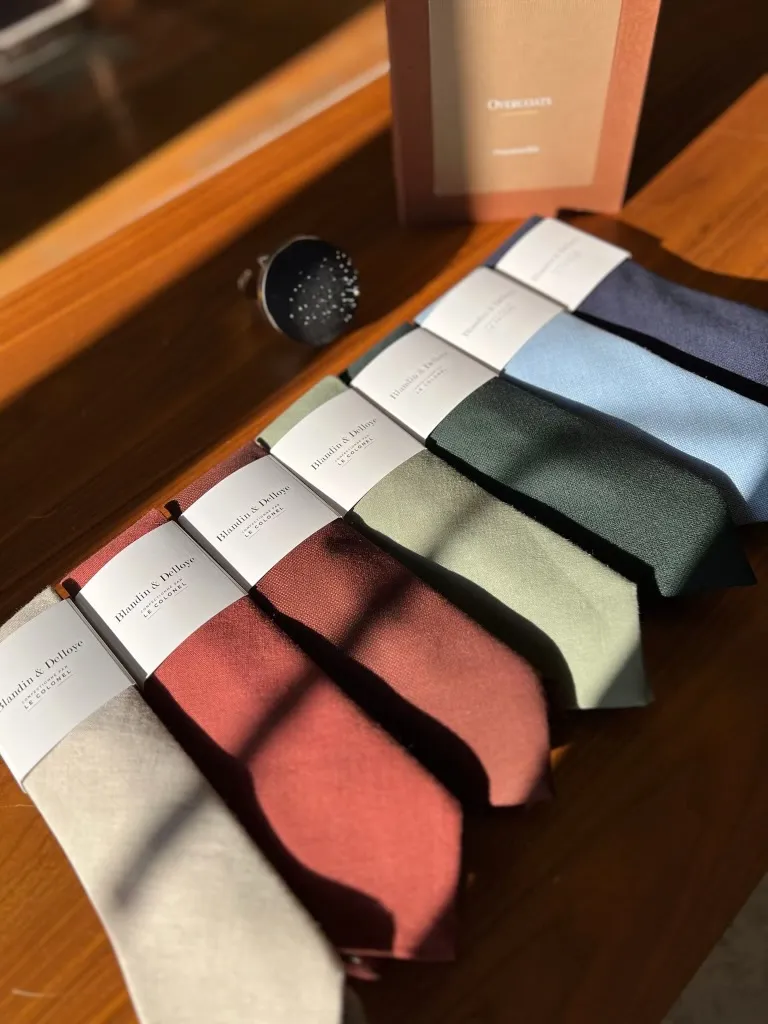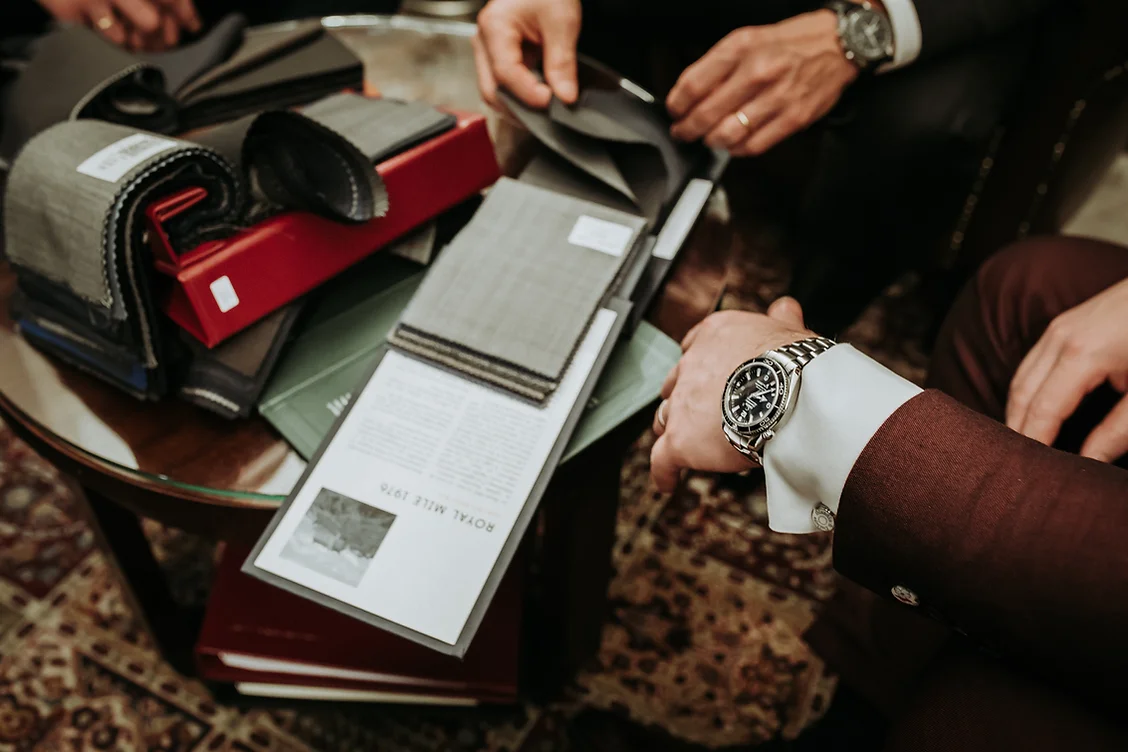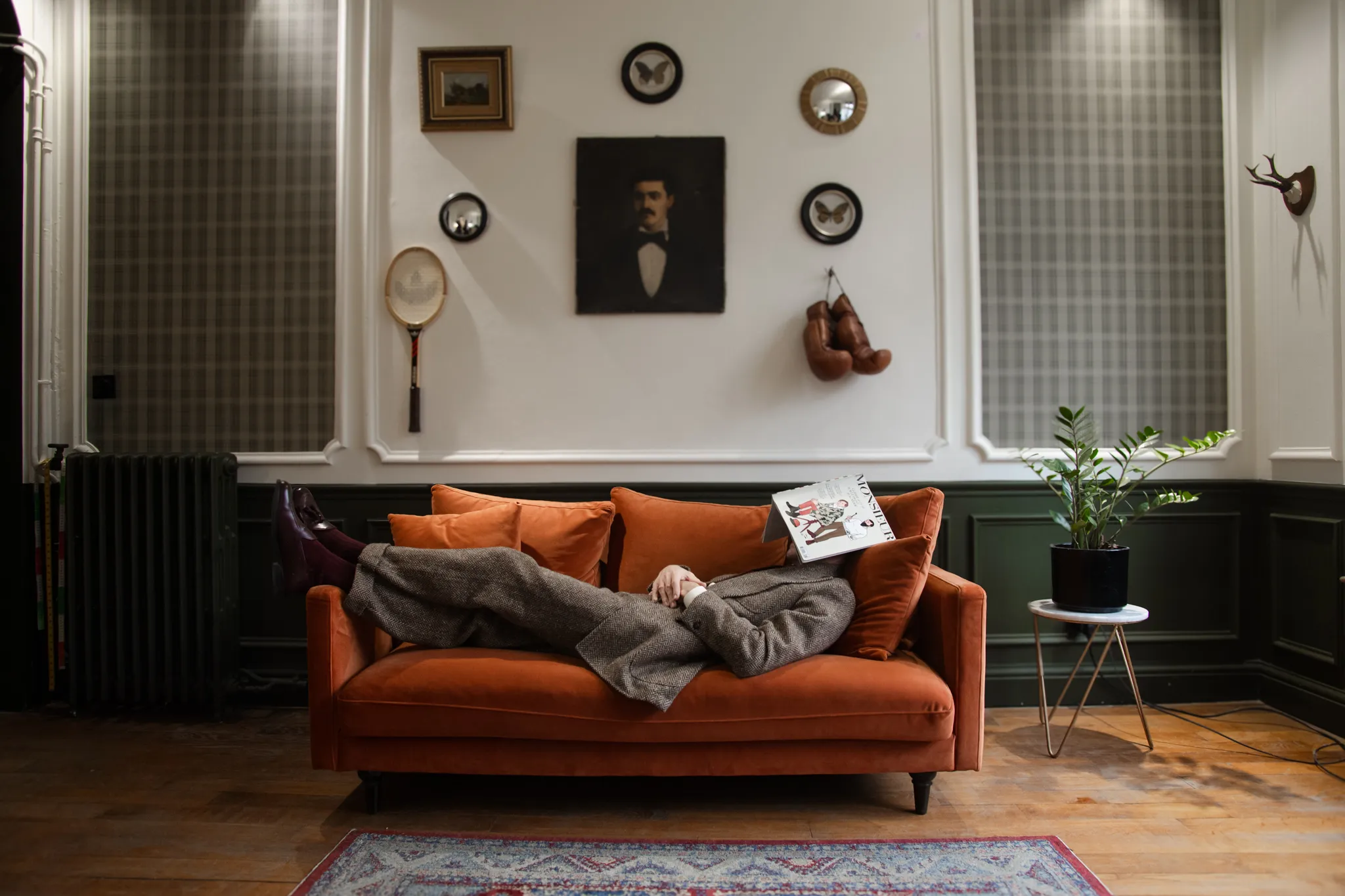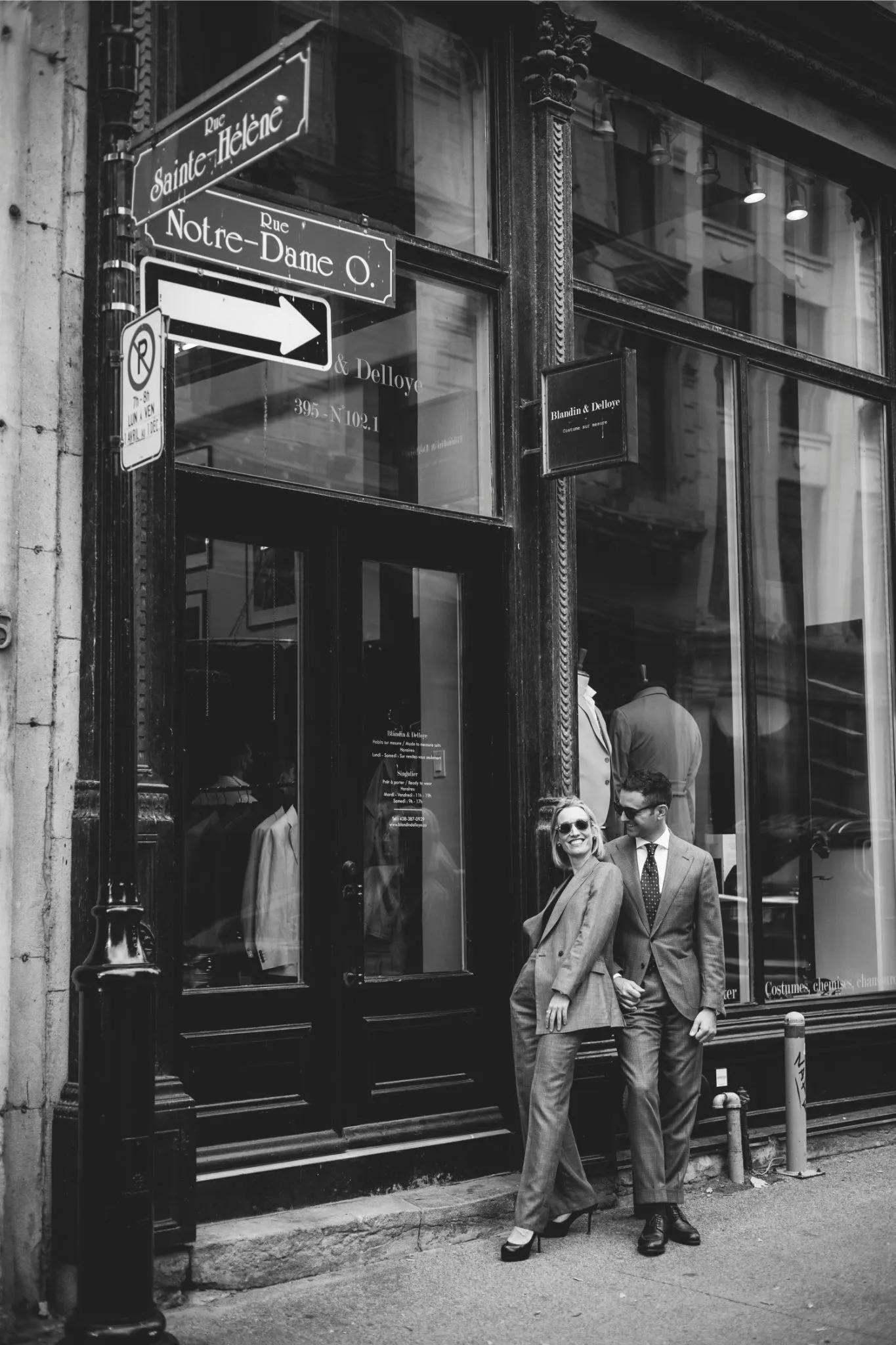
Cutting-edge expertise
Drapers are those who supply the fabrics needed to make a costume. In this article, we’re going to tell you about some of Italy’s most famous drapers. Few regions in the world offer water as pure as that of the Biella region. Thanks to this purity, the region has acquired a high level of expertise that has been cultivated for centuries. Now renowned the world over, the region is home to some of the greatest spinning mills in the world of costume, and here are their stories.
VITALE BARBERIS CANONICO (VBC)
With over three and a half centuries of experience behind it, Vitale Barberis Canonico is the world’s oldest spinning mill (still in operation). In addition to this exceptional longevity, the company has managed to remain family-owned.
Along with Loro Piana and Zegna, Vitale Barberis is one of the few spinning mills with complete vertical integration. It controls its sheep farms in southern Australia right through to the final sale of their fabric. The entire chain is perfectly oiled to ensure the best possible quality/price ratio.
Vitale Barberis remains a safe bet for reliable, no-frills formal wools. A super 110 titre is the most versatile solution for a classic formal suit (lower would be warmer, thicker and textured and higher would give a finer, more fragile and less warm fabric).
LORO PIANA
Loro Piana is above all a story of tradition and heritage. In fact, it’s been going on for 6 generations now, through its descendants. The family originally sold woollen fabrics, before founding Lanificio Fratelli Lora e Compagnia in the mid-19th century, specializing in the creation of woollen fabrics. It was Pietro Loro Piana’s arrival in 1924 that marked the beginning of the company’s history as we know it today.
Loro Piana offers its fabrics on a wide range of products (tailored coats, suits, shirts, polo shirts…). Loro Piana’s main strength is that it offers a very wide range of highly specialized materials. There is a wide range of wools, as well as silk and cashmere …. In particular, they offer exceptional materials such as vicuña and baby cashmere.
CERRUTI 1881
It all began in 1881, when Nino Cerruti’s grandfather founded his spinning mill in Biella, Piedmont. When Nino took over the family business in 1950, he was not yet 20. The company as we know it today, Cerruti 1881, really took off under his leadership.
After modernizing the weaving mills in Biella, he decided to go further than the other drapers, who were content to sell their fabrics to tailors. In 1957, he launched a ready-to-wear line for men. The factory for this line is located near Milan.
In 1967, Nino Cerruti continued to build on his success, and decided to delve deeper into the subject by creating his own couture house, located on the Place de la Madeleine in Paris (a prestigious address that has been home to luxury goods for centuries). It will house the company’s boutique and headquarters. Cerruti also launched a women’s line in 1976, quickly diversifying into fragrances two years later.
REDA
In addition to its ultra-modern manufacturing methods, Reda is also a spinning mill that invests heavily in research and innovation, particularly in the creation of new fabrics.
Reda is an Italian spinning mill that combines traditional craftsmanship with technological innovation to achieve beautiful results. It is one of the traditional brands of the Valle Mosso, in Biella (a region highly renowned for its craftsmanship).
It began as a modest spinning mill founded by Carlo Reda in 1865, and has since grown into a full-fledged factory whose production facilities have expanded over the years.
Reda stands out from its competitors thanks to its commitment to R&D and the constant renewal of its fabric creations, with fabrics that play on luminosity.
ERMENEGILDO ZEGNA
Ermenegildo Zegna is a special case in that, in addition to perfectly controlling its vertical strategy like VBC, Loro Piana and Reda, it also owns a ready-to-wear brand and an haute couture line. Zegna is even more firmly established than other drapers in the world of luxury, since it is truly part of it, signing its creations with its own label. It is therefore a brand with a higher market profile (than Cerutti, for example).
Founded in 1910 in Trivero (Biel Alps) by the young entrepreneur Ermenegildo, whose ambition was to manufacture the finest fabrics in the world through innovation and the sourcing of noble fibers.


